Garnishes, not just for looks!
Garnishes are much more than a decoration tossed aside as an afterthought. Many chefs agree, a good garnish can elevate and “make” a dish. Garnishes are essential in my cooking. A dish isn’t complete without a pop of color. Furthermore, a dish isnt complete without that last bit of texture.
I looked up several definitions of “garnish” on the interwebs and have come up with a combination of three answers to the question, “What is a Garnish”?
Garnish: Something placed on top and/or around a food or beverage to add flavor, decorative color, or texture. Garnishes are used to embellish a dish.
Later, I’ll discuss the mystery element of Garnishes, that the dictionary definitions overlook.
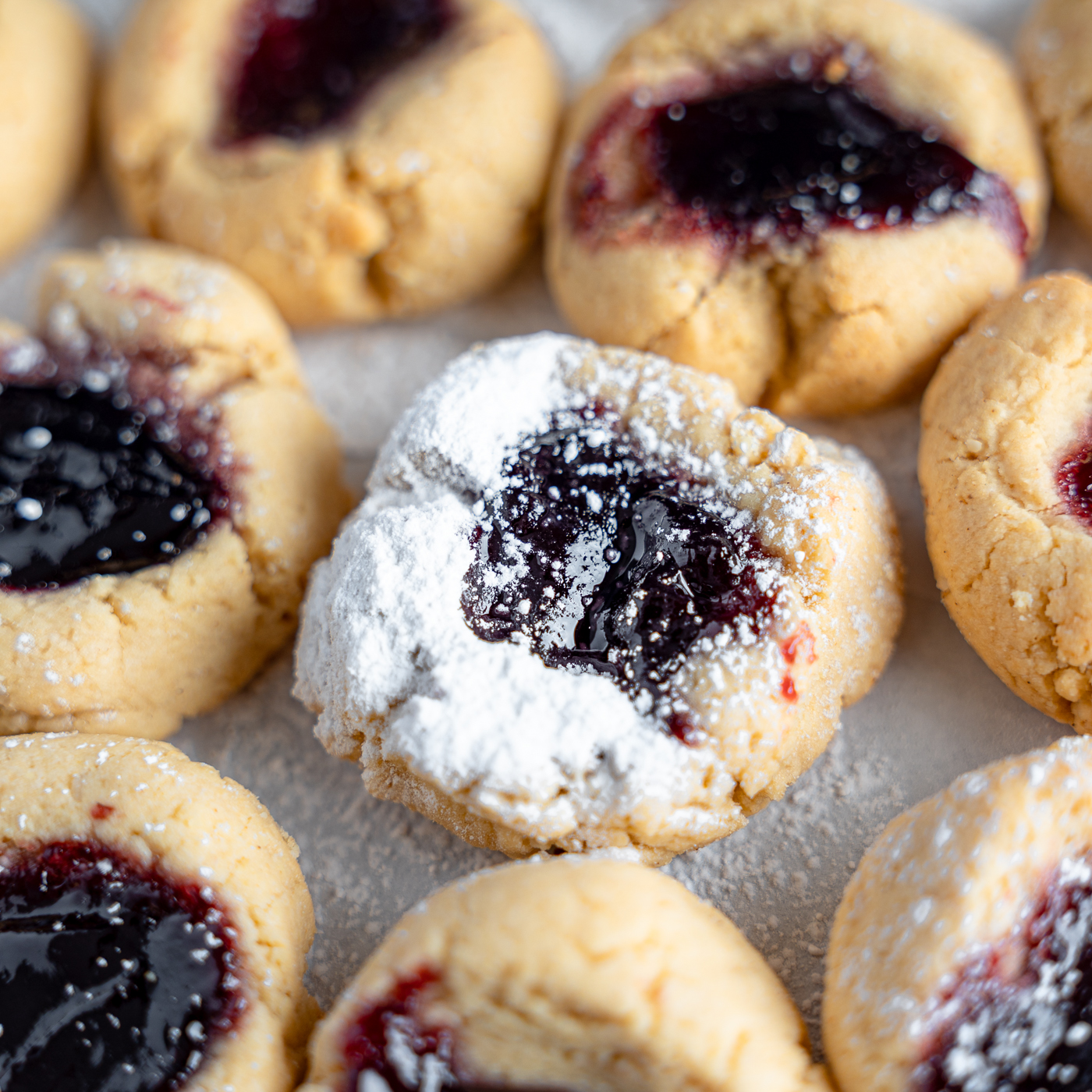
The Three Main Elements of a Garnish – as told by Chefs
Why do we Garnish? Chefs around the world agree that Garnishes help please our eyes, tickle our sense of smell, and enhance taste and mouthfeel. There are three main elements to think of when Garnishing:
- Does the Garnish please our eyes
- Does the Garnish compliment the dish’s aroma and taste
- Does the Garnish enhance the mouthfeel
Garnishes should add an additional layer of excitement while maintaining harmony with the other ingredients.
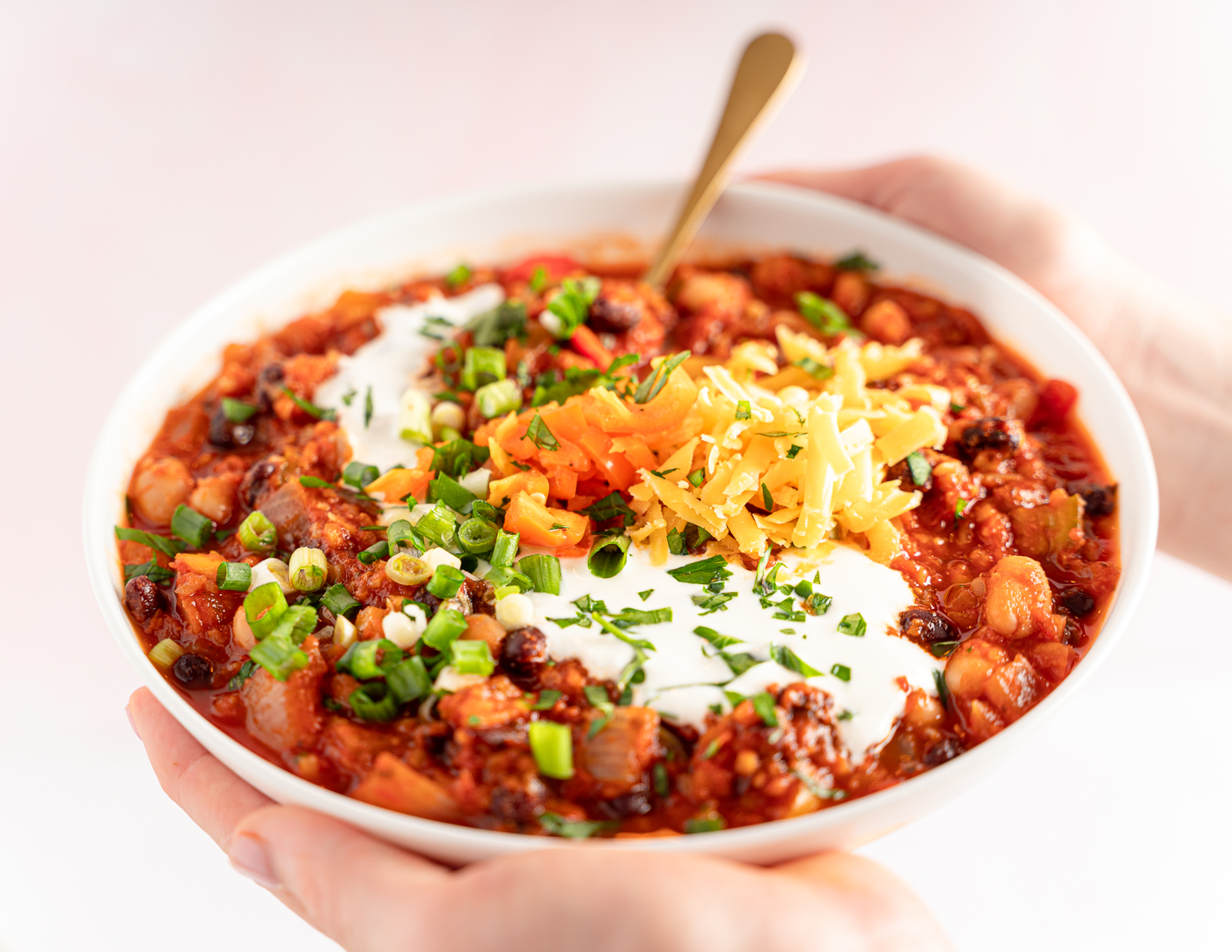
Sharper Nutrition Fix – The “Mystery” Element of Garnishes
There is an element of Garnishing that these dictionary definitions and chefs have overlooked: Nutrition.
In addition to visual appeal, aroma, taste and mouthfeel, I like to factor in nutrition when choosing a Garnish. Many of my Garnishes are added for much more than a brightening addition or a crunchy topping. I look for that extra punch of protein, fiber, vitamins, and minerals.
One of my favorite examples is using nuts and seeds as a Garnish. Seeds and nuts pack a nutritional punch. Try adding sesame seeds over your ramen or sunflower seeds over a big ole bowl of salad greens.
Some other examples of nutrition-packed Garnishes include, microgreens, scallions, and fruit zest. Learn more about “good for you” Garnishes here!
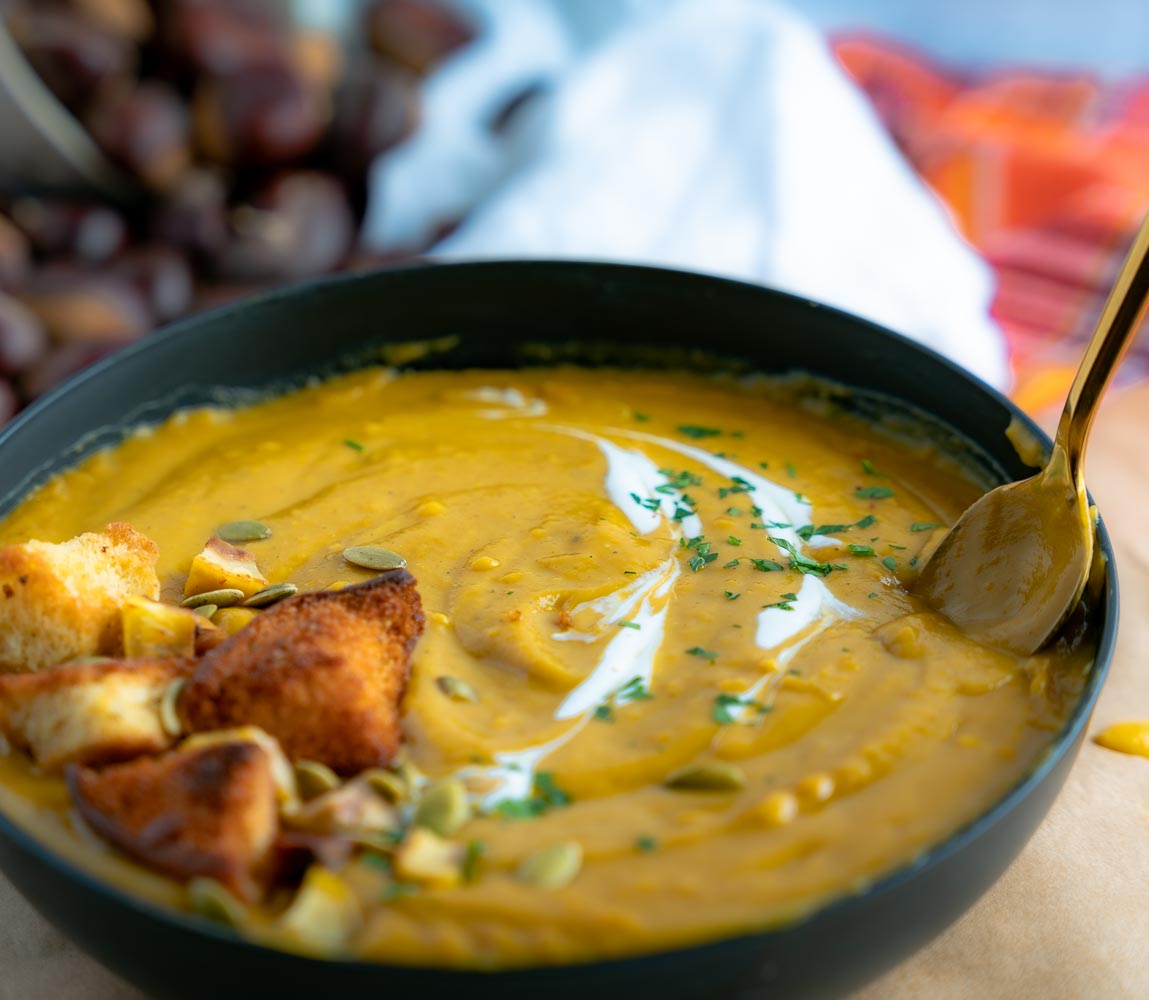
Now, Let’s Review How to Execute a good Garnish
To sum it all up, a Garnish’s purpose does not stop at visual appeal. It is used to enhance taste/aroma, mouthfeel, and/or an extra boost of nutrition. As long as the Garnish lives harmoniously with the other ingredients, anything goes.
Some other favorite examples of a Garnish include; breadcrumbs over mac n cheese, parmesan over a big bowl of spaghetti, or croutons over French onion soup. Below are some recipes with explanations behind their Garnishes.
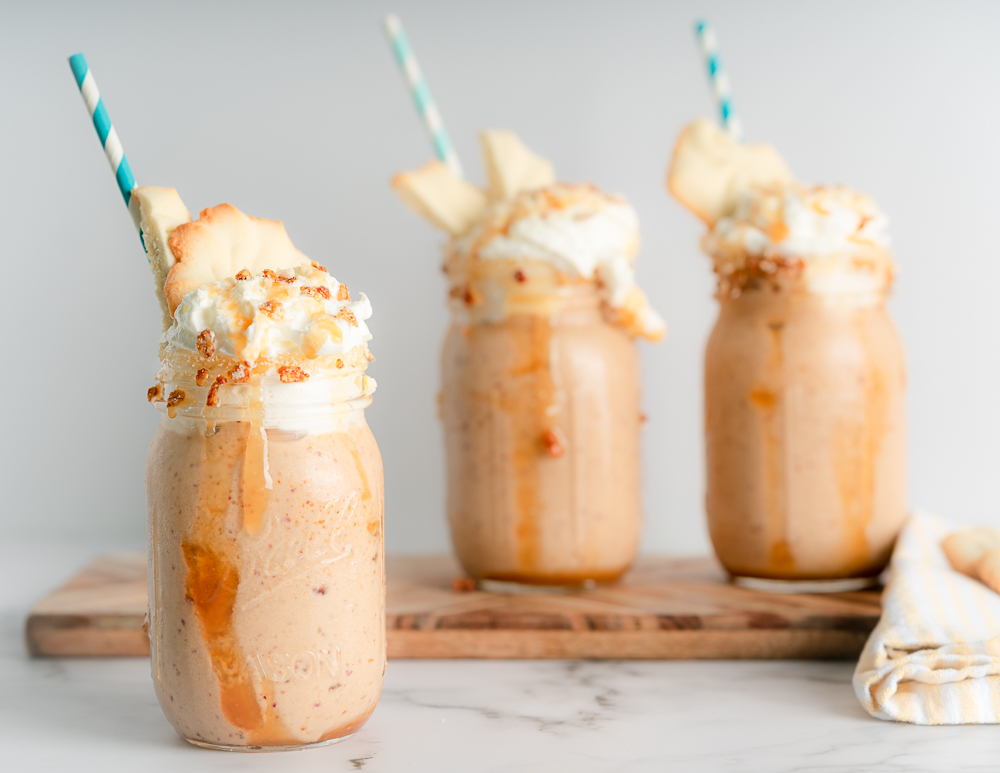
Peach Cobbler Smoothie
Garnish: Whipped Cream, a Shortbread Cookie, and Granola – nutritional impact is not the focus.
I’ll start out by saying, nutrition was not the main focus for this Garnish. Instead the garnish was tailored for visual appeal, taste, and texture. While whipped cream, a cookie, and granola have nutrition, they are not nutrient dense.
The whipped cream primarily adds visual appeal, filling out the top of the smoothie glass. The granola adds beautiful specks of brown spread across the whipped surface. Additionally, the whipped cream adds creaminess while the cookie and granola add that desired crunch.

Spicy Tahini Noodles
Garnish: Basil, Scallions, Sesame seed, and Egg. – Nutrition is absolutely considered in this Garnishing.
The basil and scallion add pops of beautiful bright green color to the dish. Also, every bite has a taste that includes the scallion and basil’s refreshing crispy and “herbaceousness”. Nutritionally, the green onion and basil add vitamin and minerals to this dish.
The sesame seeds are visually appealing with their dotted alluringness sprinkled throughout the noodles. Sesame seeds add a wonderful and alluring texture. Nutritionally, the sesame seeds add vitamins, minerals, fiber, and a bit of protein, too. One ounce of sesame seeds contains ~5g protein, ~3g fiber, and are packed with iron and magnesium.
Lastly, the egg; A nutritional power move. The egg contains 7g of protein, and 10% of the RDI for Vitamin D. The egg makes this dish a bona-fide, well-rounded meal. This dish is packed with vitamins, minerals, fiber, and protein.
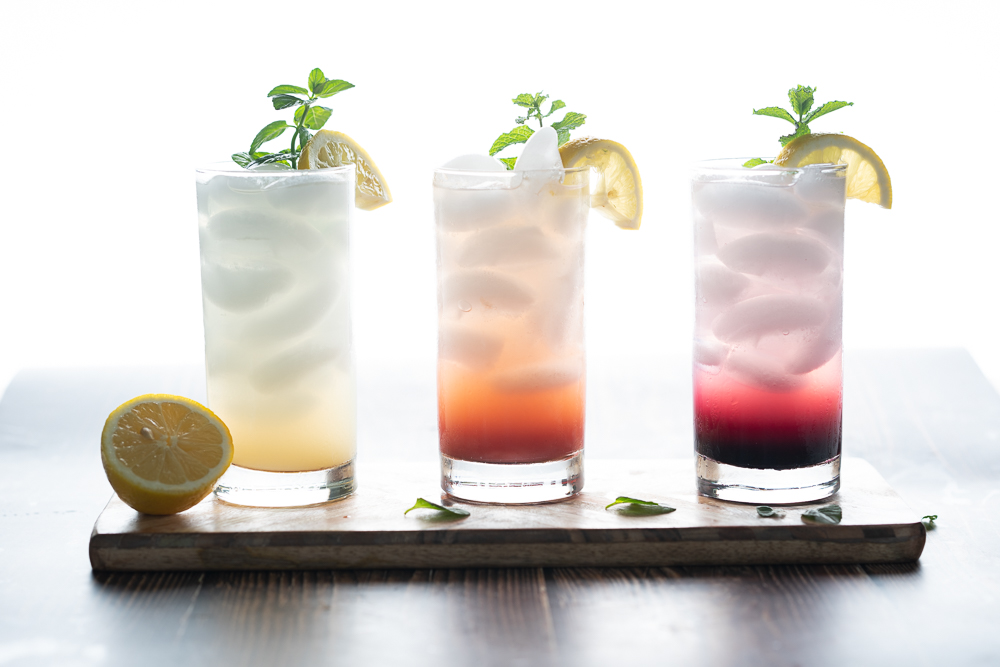
Take Your Newfound Knowledge on Garnishes and Get Creative!
Here are some more recipes where I Garnish. Look at the pictures and be inspired!
Hi, I'm Sarah Harper. I am a Registered Dietitian Nutritionist who loves to cook, eat, and talk about food! Here at The Addy Bean, you'll discover an array of flexitarian recipes. My mission is to inspire and encourage others to eat and explore the world of plant-based foods!

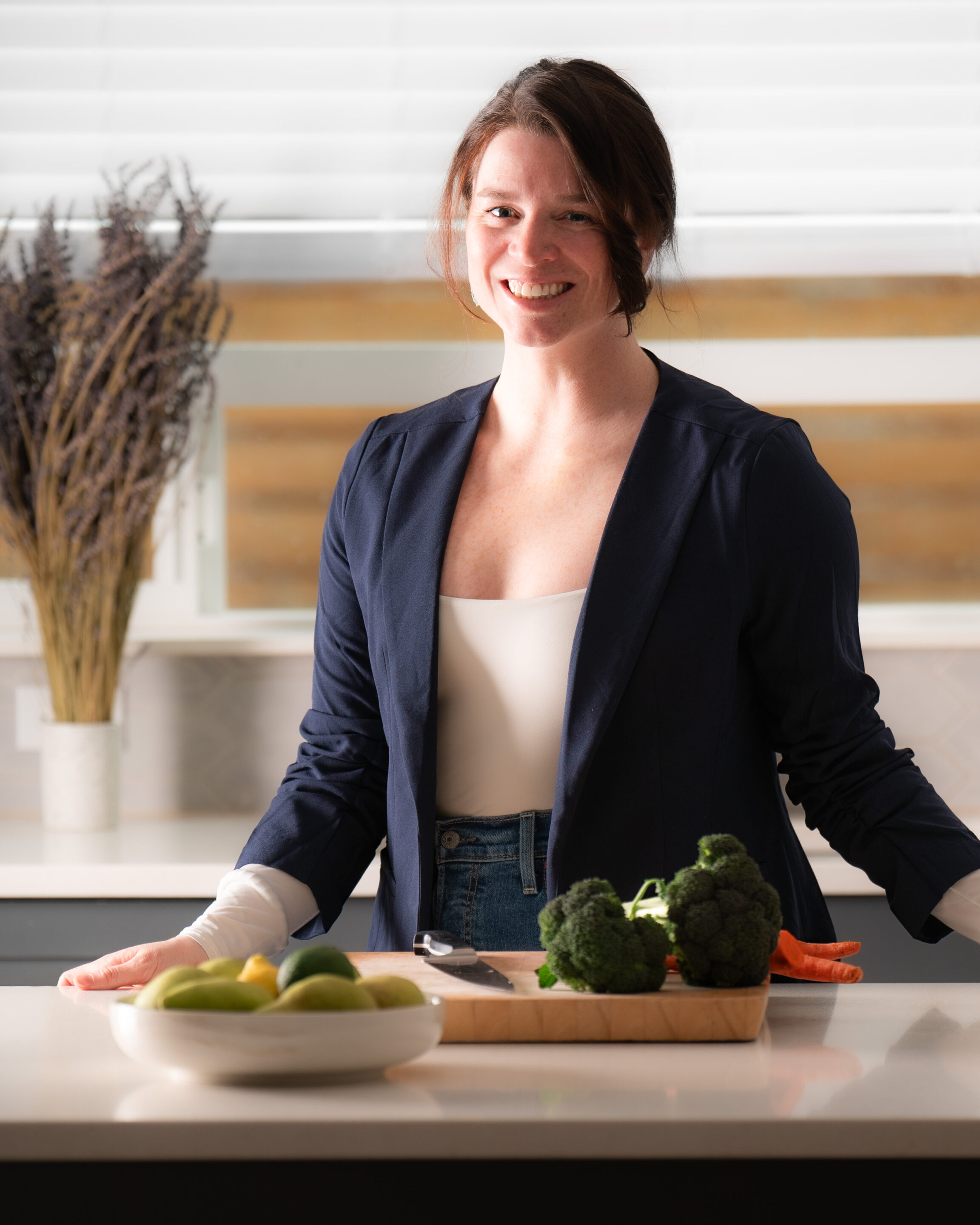
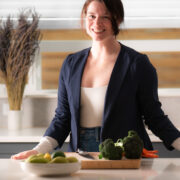

0 Comments